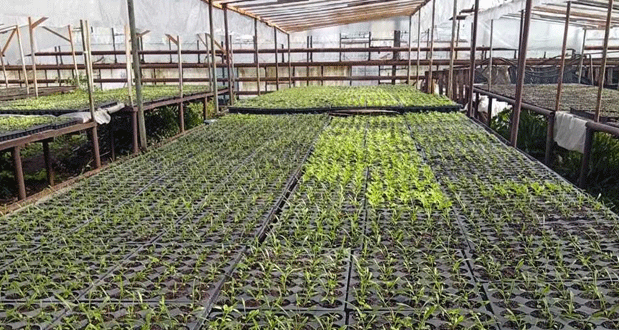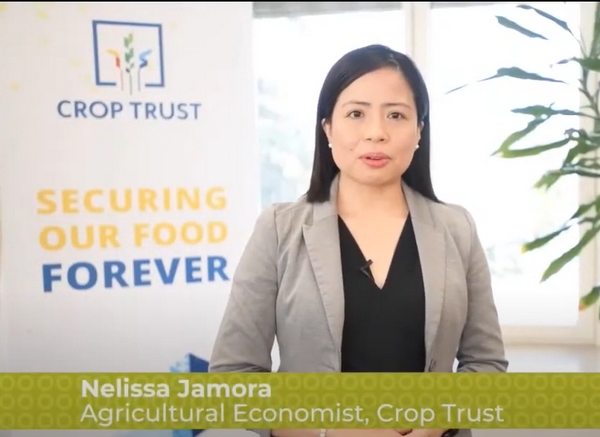In Saransk, the capital of the Republic of Mordovia, the color and charm of summer are grown months in advance — in greenhouses. The municipal enterprise “Zelenoe Khozyaystvo” (“Green Management”) operates a large-scale greenhouse system that cultivates ornamental flowers destined for the city’s streets, public parks, and vertical gardens.
As of spring 2025, the city’s greenhouses are preparing to deliver 16 species of flowering annuals, specifically chosen for their resilience to urban conditions, visual appeal, and low maintenance. According to the Saransk mayor’s office, these plants will be featured in ground-level flower beds, hanging baskets, and decorative street planters — enhancing the urban landscape throughout the growing season.
What’s Growing in Saransk?
The greenhouses are currently cultivating a wide range of ampelous and bedding plants, including:
- Ageratum
- Asters
- Begonias
- Dahlias
- Geraniums (Pelargoniums)
- Coleus
- Snapdragons (Antirrhinum)
- Salvia
- Tagetes (Marigolds) – multiple varieties
- Petunias
These species are known for their adaptability to urban microclimates, tolerance to air pollution, and extended blooming periods — key traits for municipal plantings exposed to vehicle traffic, compacted soils, and irregular watering schedules.
Greenhouse Practices That Make It Possible
Inside the greenhouses, plants undergo precision care:
- Seedlings are manually transplanted (pricked out) into nutrient-rich substrate cells for proper root development.
- Fertilization programs ensure balanced growth.
- Plants are protected from pests and diseases through integrated pest management (IPM) strategies.
- The temperature is carefully maintained to ensure optimal propagation conditions during late winter and early spring.
These controlled environments allow for early-season plant readiness, meaning flowers are mature and ready for transplantation outdoors by the time the frost-free period begins in late spring.
Globally, similar practices have become standard in urban horticulture. According to the International Society for Horticultural Science (ISHS), municipal greenhouse operations are crucial for cities that aim to reduce outsourcing, ensure quality control, and extend the blooming season of public displays.
Urban Greenery: More Than Just Decoration
Studies show that public floral displays contribute to mental well-being, urban biodiversity, and community pride. A 2023 report by the European Federation of Green Cities found that every dollar invested in urban greening returns up to $3 in social, ecological, and economic value — including improved air quality, increased tourism, and reduced urban heat island effects.
By growing its own plants, Saransk reduces costs, improves planning accuracy, and increases the sustainability of its urban beautification efforts. The use of local greenhouses also supports municipal employment and horticultural skill development.
Saransk’s investment in greenhouse flower cultivation illustrates how cities can bring color, nature, and resilience to their streets with locally-grown ornamental plants. By selecting species suited for urban life and managing them under controlled conditions, the city is not only beautifying its environment but also promoting sustainable horticulture rooted in local capacity and care.











